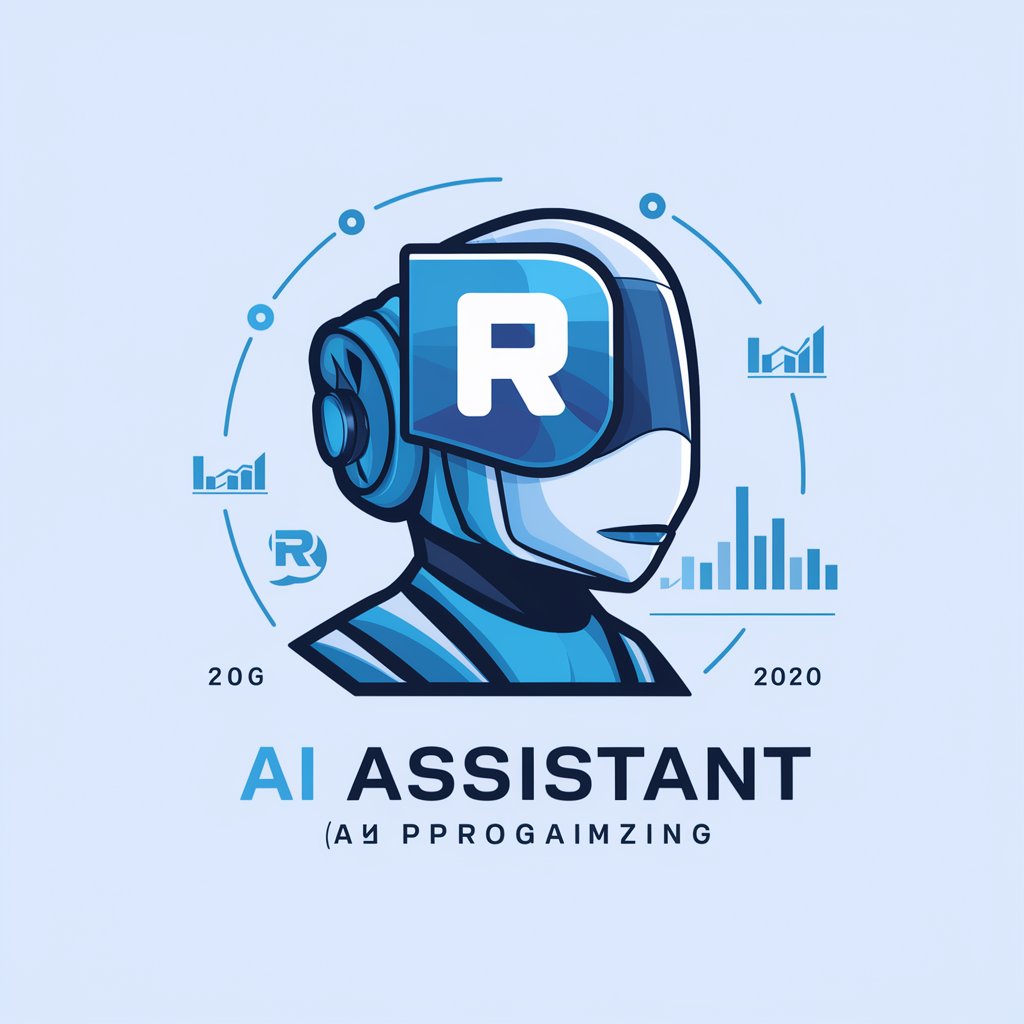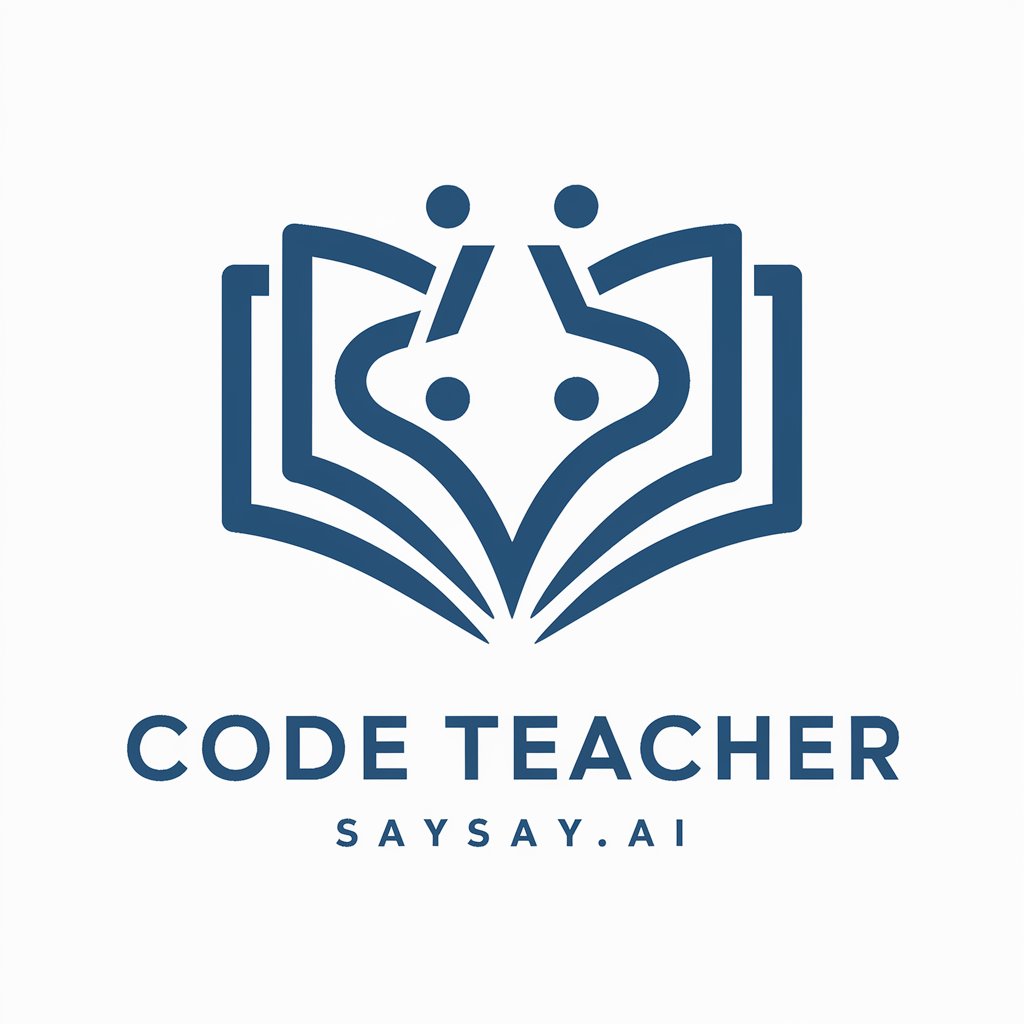
Analysis with R - R Analysis Tool

Hello! Let's dive into some data analysis with R.
Empower Your Data with AI-Powered R Analysis
Can you help me write R code to...
How do I perform a linear regression analysis using R?
What is the best way to visualize this dataset in R?
Which R packages are recommended for...
Get Embed Code
Overview of Analysis with R
Analysis with R is designed to assist with data analysis using the R programming language. This assistant specializes in writing R code, analyzing datasets, and conducting statistical analyses. It is adept in various R functions, packages, and best practices. The core purpose is to facilitate users in understanding and applying complex data analysis techniques. For example, a user might seek assistance in performing a linear regression analysis. In this scenario, Analysis with R would guide through selecting the appropriate R functions, interpreting the regression output, and understanding the implications of the results. Powered by ChatGPT-4o。

Key Functions of Analysis with R
Data Manipulation and Cleaning
Example
Using dplyr for filtering, selecting, and transforming data.
Scenario
A user has a large dataset needing refinement before analysis. Analysis with R would guide through using functions like filter(), select(), and mutate() to prepare the data for analysis.
Statistical Analysis
Example
Conducting hypothesis tests or building linear models.
Scenario
A researcher needs to test a hypothesis about a dataset. Analysis with R would provide code examples and explanations for conducting t-tests or ANOVA, including assumptions checking and results interpretation.
Data Visualization
Example
Creating plots with ggplot2.
Scenario
A business analyst wants to visualize sales data. Analysis with R would assist in creating comprehensive ggplot2 visualizations, like bar charts or scatter plots, with a focus on aesthetic mappings and layering.
Target User Groups for Analysis with R
Data Analysts and Scientists
Professionals who handle large datasets and require sophisticated analysis. They benefit from the ability to write efficient R code, perform complex statistical tests, and create compelling data visualizations.
Academic Researchers
Researchers in fields like biology, psychology, and economics often use R for data analysis. They benefit from guidance in statistical methods, data manipulation, and interpretation of results.
Students Learning R
Students in statistics or data science courses can use this assistant to learn R programming, understand statistical concepts, and apply them in practical assignments or projects.

How to Use Analysis with R
Start your journey
Begin by visiting yeschat.ai to access a free trial of Analysis with R, without the need for a login or ChatGPT Plus subscription.
Prepare your data
Ensure your data is in a format compatible with R, such as CSV, Excel, or directly from a database. Clean and preprocess your data for analysis.
Define your analysis goals
Identify the key questions you want to answer with your data. This could include statistical testing, data visualization, or predictive modeling.
Write R code
Use the tool to write R code for your data analysis. Leverage built-in functions and packages for efficient and effective analysis.
Interpret results
Analyze the output provided by the R code. Use visualizations and statistical summaries to draw conclusions and make informed decisions.
Try other advanced and practical GPTs
Black Art History Archive
Discovering the Legacy of African-American Artistry

Custom GPT Idea Generator
Innovate Endlessly with AI Ideas

ArtMentorGPT
Empowering Artistic Growth with AI

GlitchGPT
Revolutionize images with AI-driven glitch effects.

CharacterGPT
Bringing Characters to Life with AI

全肯定占いちゃん
Empowering Your Decisions with Positivity

GPT设计人生
Design Your Life with AI Insight

Code Teacher - SaySay.ai
Demystifying Code, One Line at a Time

Okoraret AI (AIちゃんに怒られたい)
Get scolded, grow better

bitmap-customPFP
Craft Your World with AI

LDS Handbook Assistant
Instantly clarifying LDS Handbook queries with AI.

GPT心理学
Empowering Minds with AI-Driven Psychology Insights

Frequently Asked Questions about Analysis with R
Can Analysis with R handle large datasets?
Yes, Analysis with R is capable of handling large datasets efficiently. It utilizes optimized R packages and coding practices to process and analyze big data effectively.
Is prior knowledge of R required to use this tool?
While having a basic understanding of R can enhance your experience, Analysis with R is designed to be user-friendly for both beginners and experienced users, offering guidance and examples.
Can I perform predictive modeling with Analysis with R?
Absolutely. Analysis with R supports various predictive modeling techniques, including linear regression, logistic regression, and machine learning algorithms, with comprehensive support for model evaluation and selection.
How does Analysis with R help in data visualization?
The tool provides robust support for data visualization, including a wide range of chart types and customization options, leveraging R's powerful ggplot2 package and other visualization libraries.
Is there support for statistical testing in Analysis with R?
Yes, Analysis with R offers extensive support for statistical testing, covering various tests such as t-tests, ANOVA, chi-square tests, and non-parametric tests, along with guidance on interpreting the results.